Market Analysis
In-depth Analysis of Ambient Food Packaging Market Industry Landscape
Consumer preference, technological advancements, and concerns about sustainability have led to dynamic shifts within the Ambient Food Packaging Market. It basically involves packaging solutions that help extend the shelf life of ambient/non-perishable food items. Pertinent changes in consumers' preferences drive dynamics exhibited in ambient food packing markets. This change has called for developments made on materials and designs used for packing such foods without compromising their taste or nutritional value since most people are living very busy lives; hence, they find it easier to eat convenience and ready-to-eat foods. In the ambient food sector, packaging solutions that provide convenience, easy handling, and portability have gained grip (KPMG). Another major factor that is shaping the ambient food packaging industry is technological advancements. The industry has moved towards using advanced packaging technologies such as vacuum packaging and modified atmosphere packaging (MAP). These two technologies create a controlled environment within the packaging that limits oxygen exposure, hence slowing down the degradation of food products. Sustainability has become a crucial element in the market dynamics of ambient food packaging. Environmental concerns among customers are leading to increased demand for eco-friendly packages. To achieve this objective, producers are now including recyclable, biodegradable, or compostable materials in their stage designs. Additionally, there is an increasing need to minimize waste materials associated with packing while embracing circular economy principles where packing substances are recycled and remade in order to reduce their ecological impact. Government regulations and standards shape the ambient food packaging market. Stringent regulations regarding food safety and packaging materials drive innovation in the industry. To ensure that packaged foods are safe and meet the requirements of regulatory authorities, manufacturers are forced to comply with a set of rules. This has led to the development of packing solutions that not only prolong shelf life but also adhere strictly to quality and safety standards. Globalization has further aggravated competition in the ambient food packaging market. This will result in different customer preferences from various parts of the world as manufacturers extend their territories, opening new geographical markets. In this regard, businesses have had no choice but to ensure that product packages match up with specific cultural preferences and regional needs.

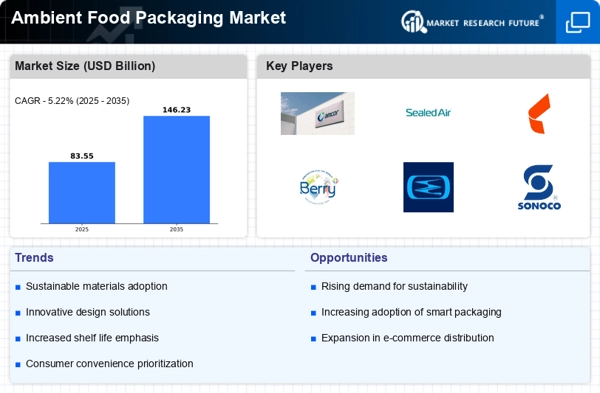
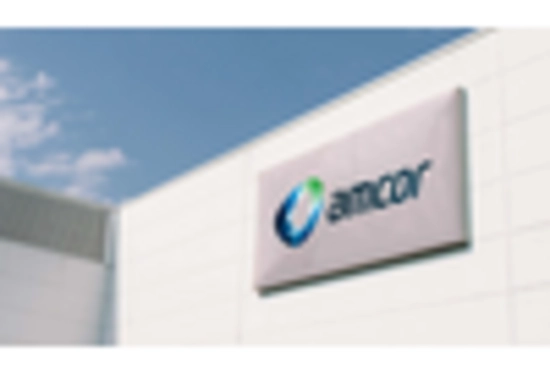
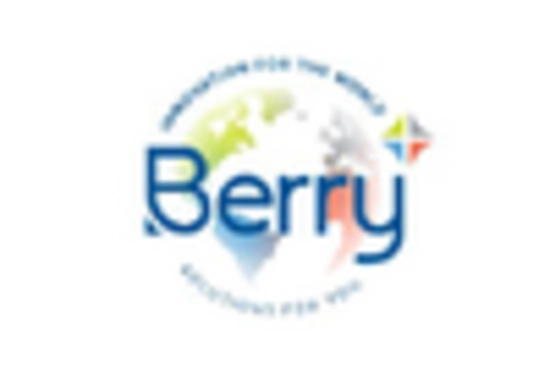

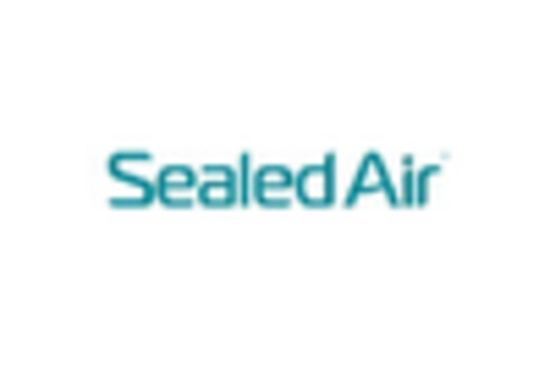

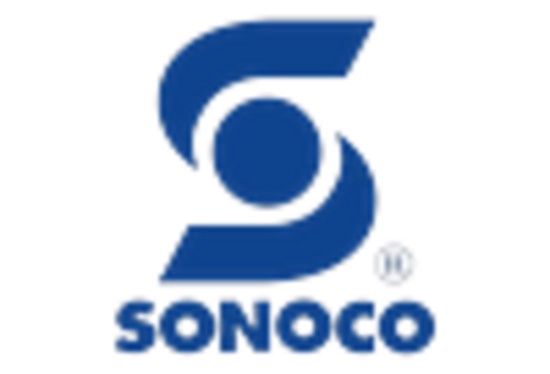









Leave a Comment